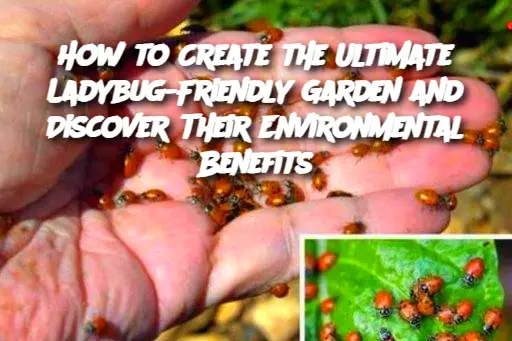ADVERTISEMENT
If you're looking to attract ladybugs to specific parts of your garden, focus on creating smaller, more concentrated "hot spots" of ladybug-friendly plants and habitats.
Ladybug houses can be customized with different materials such as bamboo, pinecones, or straw, depending on your aesthetic or budget.
Some gardeners even plant "trap crops," such as nasturtiums or sunflowers, to attract aphids. This will provide a feast for ladybugs while keeping your more delicate plants safe.
FAQ:
How long does it take to attract ladybugs to my garden? It can take anywhere from a few weeks to a couple of months for ladybugs to settle into your garden, depending on the environmental conditions and the availability of food and shelter.
What if I don’t see ladybugs right away? Be patient! Ladybugs are likely to find your garden when they detect the presence of aphids and other pests. Ensuring a welcoming environment with plenty of food sources is key.
Will ladybugs harm my plants? No, ladybugs are beneficial insects and only feed on pests like aphids, mites, and scale insects. They won’t harm your plants.
Are there any other insects that benefit my garden like ladybugs? Yes, there are many beneficial insects, such as bees, butterflies, and predatory beetles. Encourage a diverse ecosystem by planting a variety of flowers, herbs, and shrubs.
Can I introduce ladybugs from another garden? You can, but it’s generally more effective to create an inviting environment that encourages ladybugs to migrate naturally. Introducing ladybugs may result in them leaving if the environment isn’t suitable.
By following these simple steps, you’ll not only attract ladybugs to your garden but also create a balanced and eco-friendly space that thrives without the need for harsh chemicals. Embrace the beauty and functionality of ladybugs, and let your garden flourish in harmony with nature.
ADVERTISEMENT
